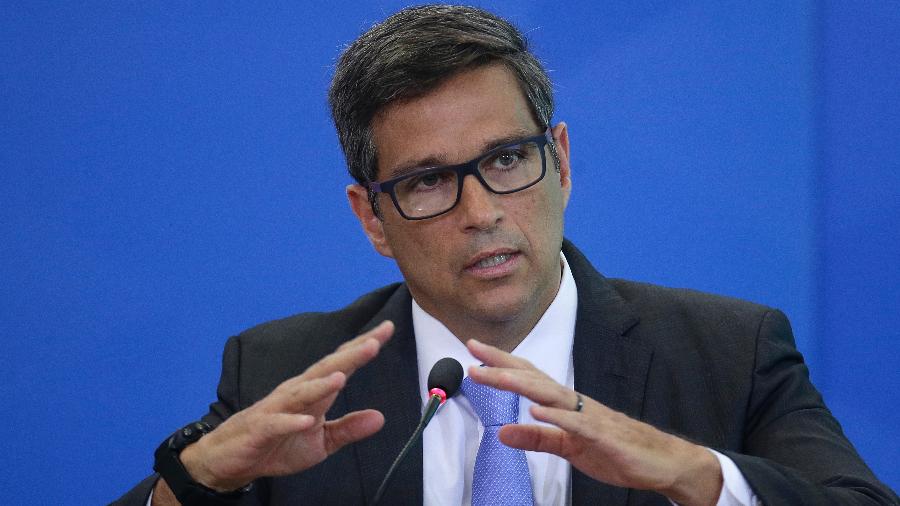RIO DE JANEIRO, BRAZIL – Central Bank President Roberto Campos Neto confirmed yesterday that the monetary authority plans to end the cycle of monetary tightening in May – with another one percentage point increase in the key interest rate to 12.75% per year – and said that the scenario that foresees a new peak of Selic in June is the “least likely.”
Two possible situations were discussed at the last meeting of the Central Bank’s Monetary Policy Committee (Copom).
One in which the barrel of oil is close to US$120 at the end of this year, the so-called usual hypothesis, and the alternative in which the value of the commodity is close to US$100. The latter is the most likely, according to colleagues.

Campos stressed that Copom always outlines several scenarios, but this time it was necessary to describe more than one to make it clearer what was involved in the monetary policy decision, as an alternative scenario gained importance in the committee’s analysis.
By way of justification, the report showed that the impact of oil prices in real terms on consumer inflation will be greater in 2022, not only because of the stronger pass-through, but also because the weight of gasoline in the basket of consumption has increased significantly from 4.9% to 6.6%.
In the context considered most likely, referred to in the report as Scenario A (with cheaper oil), inflation is 6.3% at the end of 2022, above the target set by the National Monetary Council (CMN) of 3.5%, with a tolerance of 1.5 percentage points up and down, which can reach 5%.
In this context, 3.1% is expected for 2023, with a margin of also 1.5 percentage points at both ends for the 3.25% target.
In the event that Scenario B (with a more expensive and less likely barrel) occurs, the price index is projected to be 7.1% this year and 3.4% in 2023, both above the target. Against this backdrop, the central bank believes that a new Selic adjustment would be required in June, above the 12.75% per annum already signaled.
The report pointed out that the evolution of commodities, with a peak of 9.5% in the first quarter, is a new source of inflationary pressure, but stressed that the appreciation of the real by 10.3% in this period has helped to reduce this effect on prices, although only partially.
The dynamics show a return to a typical movement in cycles of high commodity prices, namely the appreciation of the currencies of exporting countries such as Brazil. However, in the last two years, the exchange rate has depreciated in conjunction with the increase in input prices due to increased fiscal risk.
According to the Inflation Report, the probability that inflation will exceed the target this year is 88%. On the other hand, the probability of it falling below the floor is zero.
For the year 2023, the probability of staying below the set interval is 17% and that of staying above it is 12%. For 2024, the probability of staying below the floor is 28% and the probability of staying above the ceiling is 6%.
Campos said he doesn’t see a scenario in which an excessive increase in interest rates this year could lead to an increased decline in inflation in subsequent years. “There is no risk of ‘overkill,'” he explained. The BC president argued that the memory of “inflationary indexation” is still high in Brazil.

